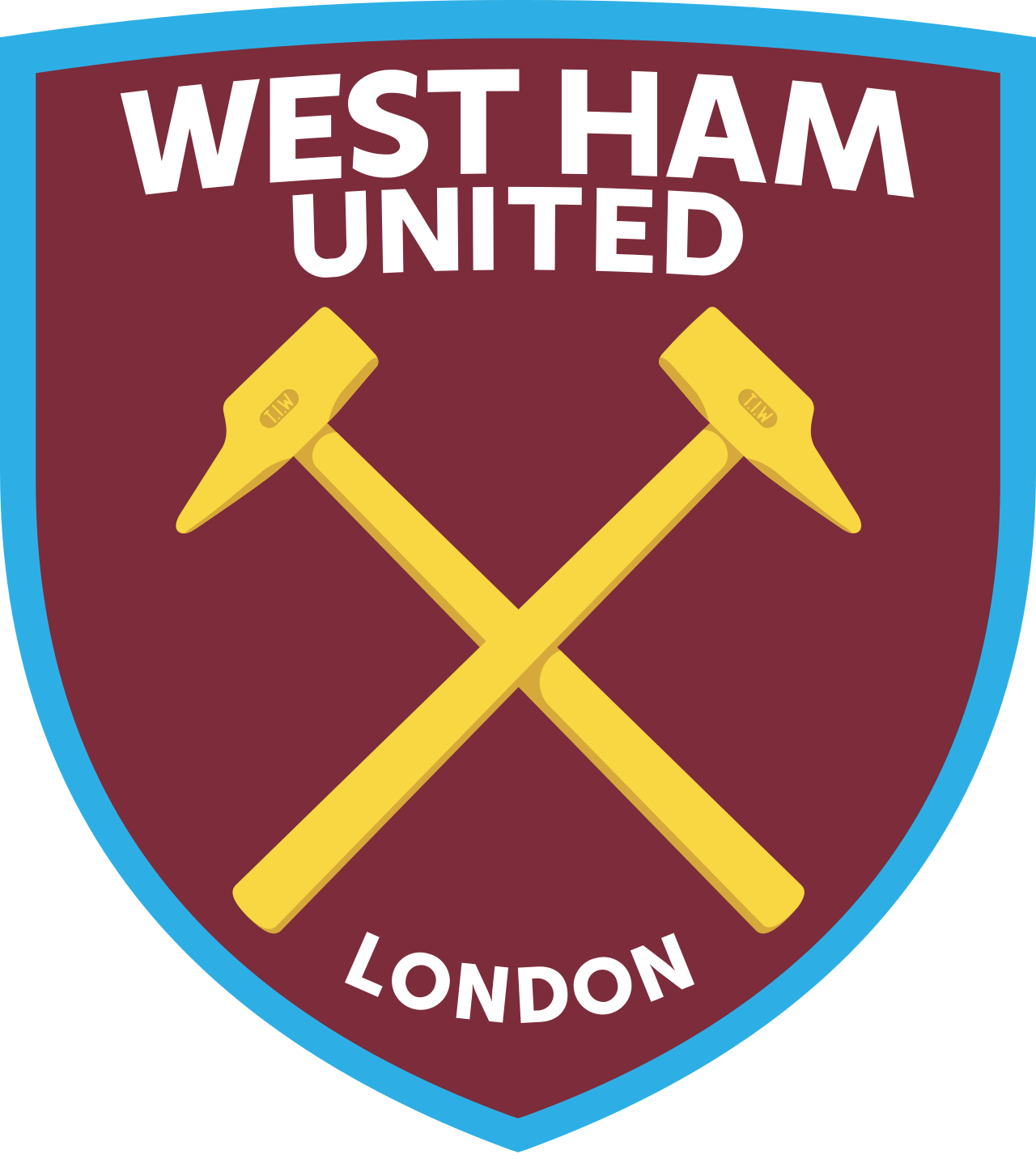 Tottenham Hotspur
Tottenham Hotspur
Tottenham Hotspur Stadium – Capacity: 62,062
Tottenham’s new stadium has undergone months of delay after identifying some safety issues. The new Premier League stadiums’ completion saw the team have a substantial improvement in former. It holds almost 30,000 more people than the old Premier League Stadium, Whitehart Lane, had. The old stadium had been the home of the Spurs from 1899 until 2017.












 Liverpool
Liverpool











